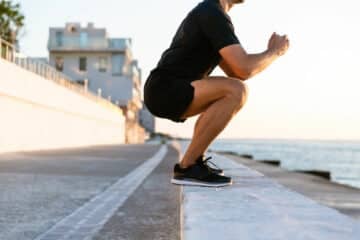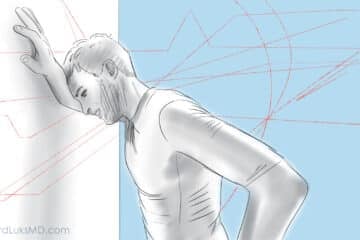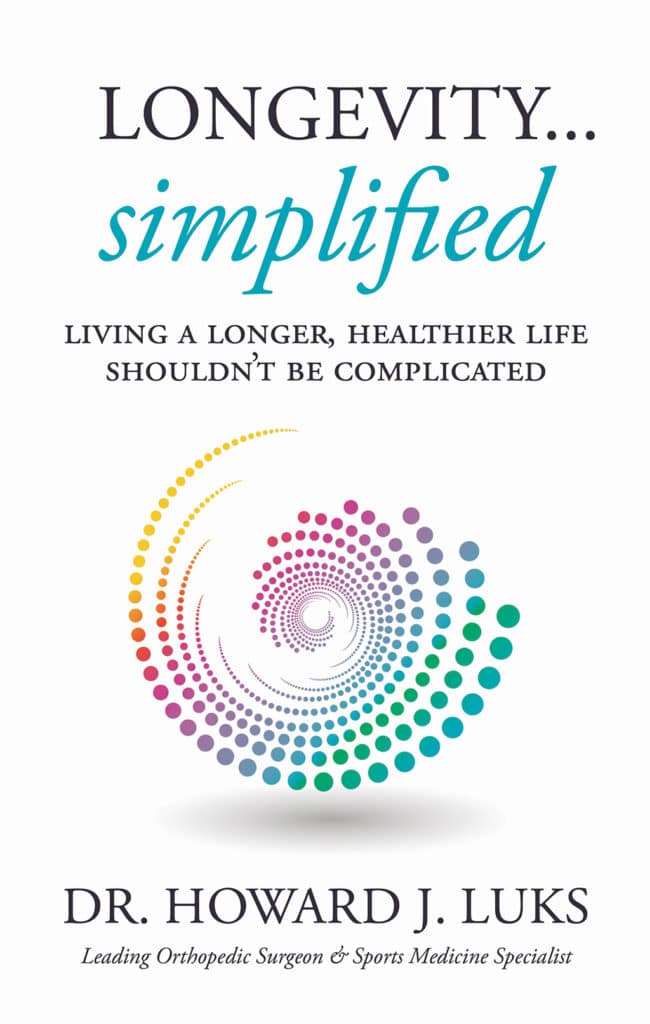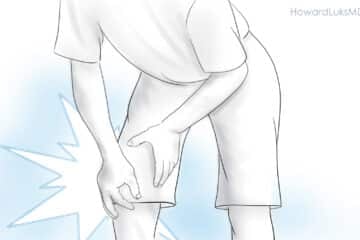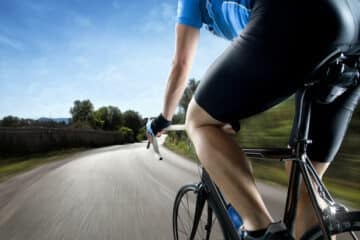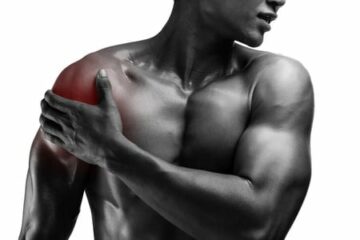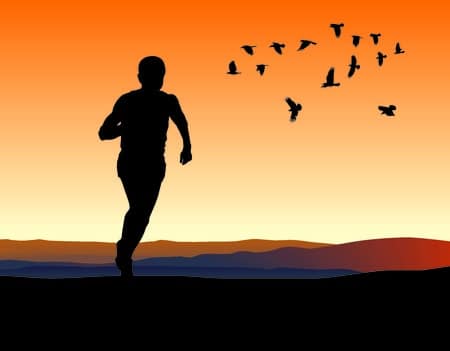
There has been a tremendous increase in the number of runners I see on the trails, at local races and unfortunately in my office. I treat a lot of running injuries, many of which could have been avoided. The most typical running injuries I see are:
- Stress fractures – Tibia, femur, foot
- Anterior Knee Pain Syndrome or Runners Knee
- Shin Splints
- Medial Tibial Stress Syndrome
- ITB related issues
- Meniscus tears
Interestingly, I start to see many typical overuse injuries in beginner runners around March and April. Most of the runners that I see with injuries have just started running. By no means are experienced runners immune, but they are less apt to suffer from a typical overuse injury. Most of these beginner runners are making the same mistakes.
- They did not spend enough time choosing a running shoe
- They are running far too often
- They are running far too hard.
- They are not listening to their bodies.
As I’ve discussed elsewhere choosing the proper shoe is of paramount importance. Try on many, run in them, you will need a larger shoe than usual to accommodate your foot which swells as you run further.
Setting Realistic Running Goals -Why It’s important
Setting goals, and a reasonable time frame to hit them is of paramount importance. Your body needs to be able to adapt to the demands you are going to place on it. Hitting the trails and running 5 miles everyday at a quick pace is a recipe for disaster. You will quickly find yourself unable to improve your time because of poor cardiac conditioning, and you will find yourself in my office. Over time your tendons are going to strengthen and grow in response to running stress. Your bones will become more dense over time as well. You need a strong core to balance your body. You need to allow the biology of adaptation to take place…. and it takes a lot longer than most of you want it to be.
Your Running Pace versus Intensity: The 80/20 Rule
Garmin or other watches and trackers are great … but do not set the screen to show your pace. Let me explain.
The 80/20 rule, used by many elite runners is even more relevant to the beginning runner who should be seeking to avoid injury first, and improve their chances of remaining a runner.
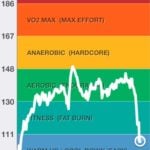
A more moderate pace can also be adapted to be within the 80% component of your training. If you are running with a partner you should be able to speak, but you will need to take a deep breath every now and then. You will be between 75-87% of your maximum heart rate.
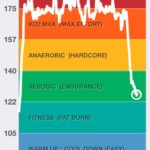
The problem with watching your pace is our competitive desire to always go faster and do more, that pain in your leg will be fine. It won’t be. Check you pace at the end of the run …and watch over time how your pace naturally improves.
A beginner runners guide to becoming a healthy more advanced runner :
- Keep your cadence up (180 is your goal)
- Keep your form – if your hips start to sway, slow down
- Exercise your core and hips : Planks, hip extension, abduction exersies.
- Follow the 80/20 rule
- Your pace will improve naturally over time.
Enjoy running …. I know I do.
And if you have injuries or questions.
Find me at :


